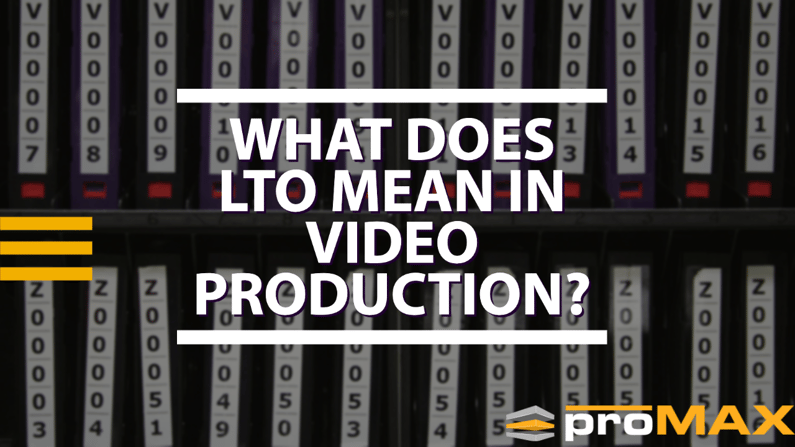Introduction
If you have been in the video production industry for a while, you must have heard the term LTO. So, what is LTO, and how does it help video editors in their daily workflow? In this blog post, we will explain the definition, functionality, and benefits of LTO technology from a video production perspective.
What is LTO?
LTO stands for Linear Tape-Open, which is an Enterprise-level storage technology primarily used by large organizations and businesses with massive databases to store and backup critical data. It is a tape-based storage system that has been around since the late 1990s. However, its capacity and performance have significantly increased over the years.
LTO technology is used for storing massive data, including images, audio, and video files. Video editors can use LTO technology for backing up their project files, media assets, and other important data. LTO tapes have a shelf life of about 30 years and can store up to 12TB of data, making them an affordable and secure long-term storage solution for video production companies.
One of the most significant benefits of LTO technology for video editors is data security. As video projects require massive data storage, employing off-site backup solutions is essential in protecting your work. LTO technology provides high-level security and encryption features that make it an ideal backup option. Additionally, LTO drives are designed for reliability and durability, ensuring your data remains safe for years to come.
Another advantage of LTO technology is the speed of transfer. As video files can contain massive amounts of data, transferring them to traditional storage options can be a time-consuming process. LTO tapes can transfer data at speeds of up to 360MB/s, delivering fast backup and recovery time. Plus, with LTO's massive data capacity, video editors can use it to transfer large projects between facilities easily.
LTO is also cost-effective when compared to other storage options. Tape-based storage solutions like LTO are a more affordable option when compared to cloud storage or hard drives, especially when storing massive amounts of data. Video production companies can use LTO to store years of footage, backups, and project files at a fraction of the cost, making it a smart investment in the long term.
Lastly, LTO technology has an established roadmap that promises to expand data storage capacity and data transfer rates. The next-generation LTO-9 is set to increase storage capacity to 45TB per tape and data transfer speeds of up to 1,000 MB/s. This technological development is excellent news for video editors who deal with increasingly larger video file sizes and multi-camera projects.
Conclusion
In conclusion, LTO technology is an essential asset for video editors who seek efficiency, affordability, and long-term data storage solutions. Its reliability, durability, and security features make it a choice option for video production companies of all sizes. By embracing LTO technology, video editors can focus on their creative work knowing that their project data is safe and secure.
If you want to dig deeper into this subject, view our blog on What is the Benefit of LTO to High-Volume Video Editors?


